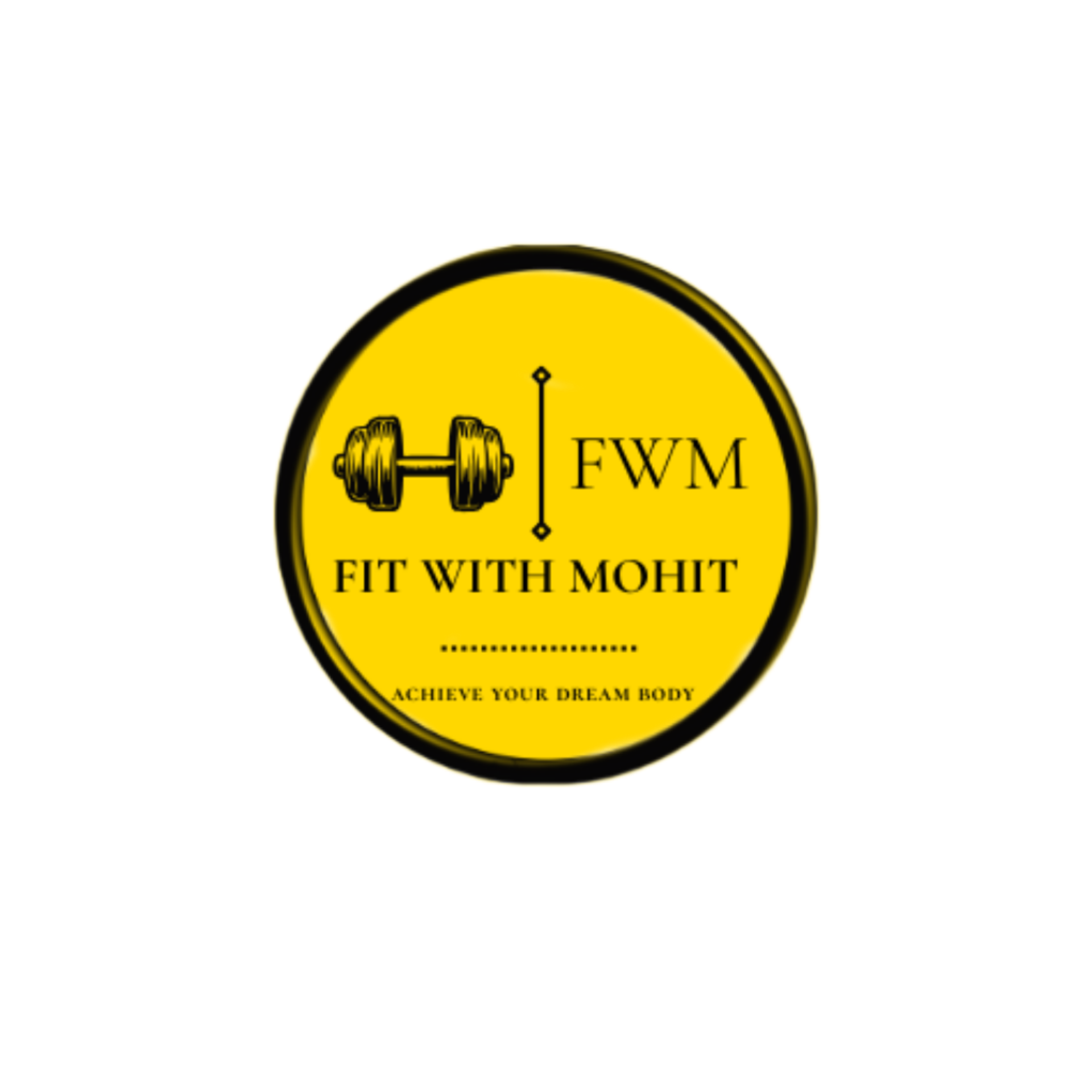Unlocking the Power of Plants: The Ultimate Guide to a High-Protein Vegan Diet
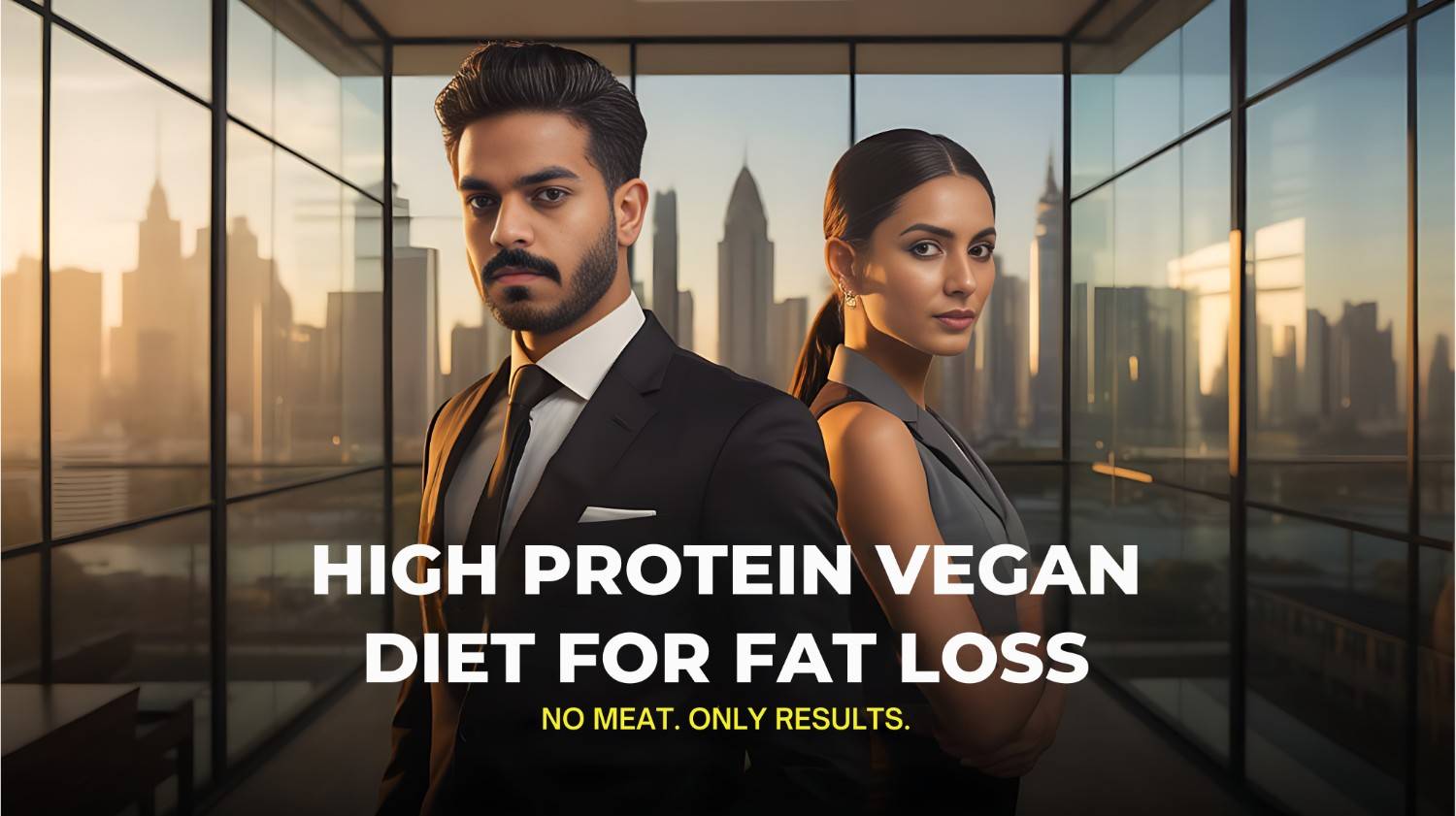
Are you ready to unlock the secret to vibrant health and boundless energy? A high-protein vegan diet might just be your golden ticket! As more people turn to plant-based eating, the fear of inadequate protein intake is fading. This ultimate guide will show you how to harness the power of plants to fuel your body with essential nutrients while enjoying a delicious array of foods. From protein-packed legumes to nutrient-dense seeds, we’ll unveil simple, tasty recipes and practical tips to make your transition seamless and satisfying. Whether you’re a long-time vegan or exploring a plant-based lifestyle, this guide will equip you with everything you need to thrive. Join us on this exciting journey to discover how you can nourish your body, elevate your meals, and embrace a healthier future—all through the incredible world of vegan protein! Let’s dive into the flavorful and fulfilling possibilities that await you!
Understanding Protein: The Building Blocks of a Vegan Diet
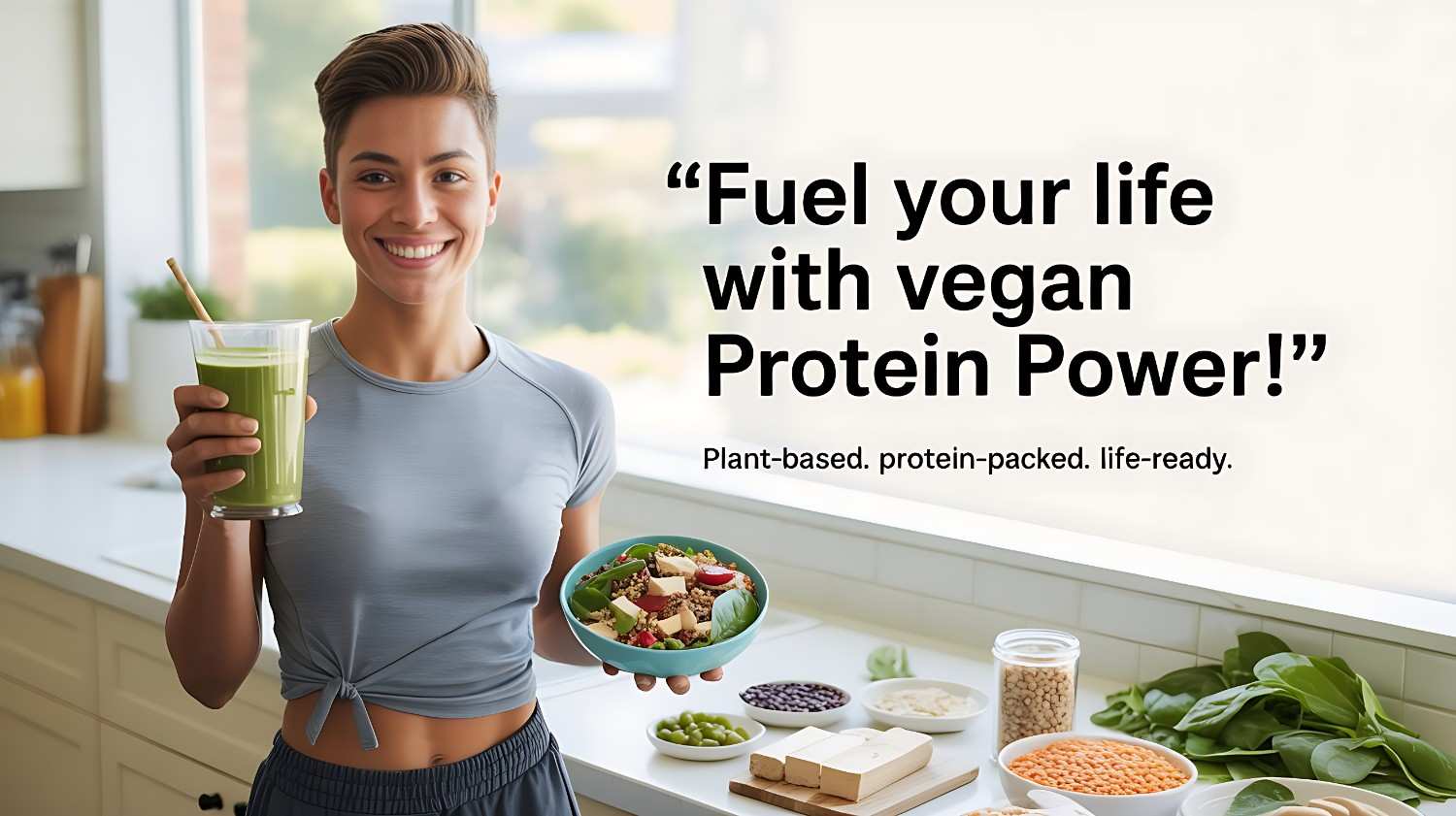
Protein is an essential macronutrient that plays a crucial role in building and repairing tissues, producing enzymes and hormones, and supporting overall bodily functions. For those embracing a vegan lifestyle, understanding the importance of protein and how to obtain it from plant-based sources is key to maintaining optimal health. Unlike animal-based proteins, plant proteins come with additional benefits such as fiber, antioxidants, and various essential nutrients, making them a well-rounded choice for a healthy diet.
One common concern among those considering a vegan diet is whether they can get enough protein without consuming animal products. The good news is that numerous plant-based foods are rich in protein and can easily meet your dietary requirements. From legumes and grains to nuts and seeds, the variety of plant proteins available ensures that you can enjoy a diverse and nutritious diet while meeting your protein needs.
It’s also important to recognize that protein needs can vary based on factors such as age, gender, activity level, and overall health. By understanding how much protein your body requires and how to incorporate a range of plant-based protein sources into your meals, you can confidently nourish your body and thrive on a vegan diet.
The Importance of Protein in a Vegan Lifestyle

Protein is often referred to as the building block of life, and for good reason. It is involved in virtually every bodily process, from muscle growth and repair to immune function and hormone production. For vegans, ensuring adequate protein intake is essential for maintaining muscle mass, especially for those who are physically active or engaged in strength training. Without sufficient protein, the body may struggle to repair and build muscle tissue, leading to potential muscle loss and decreased strength.
Moreover, protein plays a vital role in maintaining healthy skin, hair, and nails. The amino acids found in protein are necessary for the production of collagen and keratin, which are key components of skin elasticity and hair strength. By consuming a variety of plant-based proteins, vegans can support their overall appearance and well-being.
In addition to physical health, protein also contributes to cognitive function and mental clarity. Amino acids are precursors to neurotransmitters, which are chemical messengers that regulate mood, sleep, and cognitive processes. A well-balanced vegan diet that includes adequate protein can help enhance mental performance and emotional stability, contributing to a more vibrant and fulfilling life.
Top Plant-Based Protein Sources
When it comes to plant-based protein sources, the options are plentiful and diverse. Legumes, such as lentils, chickpeas, and black beans, are among the most protein-dense plant foods available. These versatile ingredients can be used in a variety of dishes, from soups and stews to salads and dips. Additionally, legumes are rich in fiber, iron, and other essential nutrients, making them a powerhouse addition to any vegan diet.
Grains such as quinoa, farro, and bulgur are also excellent sources of protein. Quinoa, in particular, is a complete protein, meaning it contains all nine essential amino acids that the body cannot produce on its own. Incorporating these grains into your meals can provide a substantial protein boost while also offering complex carbohydrates for sustained energy.
Nuts and seeds, including almonds, chia seeds, hemp seeds, and pumpkin seeds, are compact sources of protein and healthy fats. These can be easily added to smoothies, oatmeal, salads, or enjoyed as a snack. Additionally, tofu and tempeh, both made from soybeans, are highly versatile protein sources that can be used in a wide range of culinary applications, from stir-fries to sandwiches.
How to Calculate Your Protein Needs on a Vegan Diet
Determining your protein needs is an important step in ensuring you get enough of this vital nutrient on a vegan diet. The recommended dietary allowance (RDA) for protein is 0.8 grams per kilogram of body weight for the average adult. However, individual protein needs can vary based on factors such as age, gender, activity level, and overall health. For example, athletes or individuals engaged in regular strength training may require more protein to support muscle repair and growth.
To calculate your protein needs, first determine your body weight in kilograms by dividing your weight in pounds by 2.2. Next, multiply your weight in kilograms by the RDA of 0.8 grams. This will give you a baseline estimate of your daily protein requirement. For those with higher protein needs, such as athletes, a range of 1.2 to 2.0 grams per kilogram of body weight may be more appropriate.
Once you have an estimate of your protein needs, you can plan your meals to ensure you are meeting these requirements. Keep in mind that it is not necessary to get all your protein in one meal; spreading protein intake throughout the day can be more beneficial for absorption and utilization. By incorporating a variety of plant-based protein sources into your diet, you can easily meet your protein needs and enjoy a well-balanced vegan lifestyle.
Crafting a High-Protein Vegan Meal Plan
Creating a high-protein vegan meal plan involves incorporating a variety of protein-rich foods into each meal and snack. For breakfast, consider options such as a smoothie made with plant-based protein powder, almond milk, spinach, and chia seeds, or a bowl of oatmeal topped with nuts, seeds, and fresh fruit. These choices provide a solid protein foundation to start your day.
For lunch, opt for meals that combine multiple protein sources. A quinoa salad with chickpeas, vegetables, and a tahini dressing is both delicious and nutrient-dense. Alternatively, a wrap filled with tofu, black beans, avocado, and greens offers a satisfying and protein-packed option. Pairing different plant proteins, such as beans and grains, can help ensure you get a complete amino acid profile.
Dinner can include hearty dishes like lentil stew, tempeh stir-fry, or a vegetable curry with tofu. Incorporating a variety of vegetables, grains, and legumes not only boosts protein content but also provides a wide range of vitamins, minerals, and antioxidants. Don’t forget to include snacks throughout the day, such as hummus with veggie sticks, protein bars, or a handful of mixed nuts and seeds, to keep your energy levels stable and meet your protein goals.
Delicious High-Protein Vegan Recipes to Try
To make your high-protein vegan journey even more enjoyable, here are a few delicious recipes to try:
1. Lentil and Quinoa Stuffed Peppers:
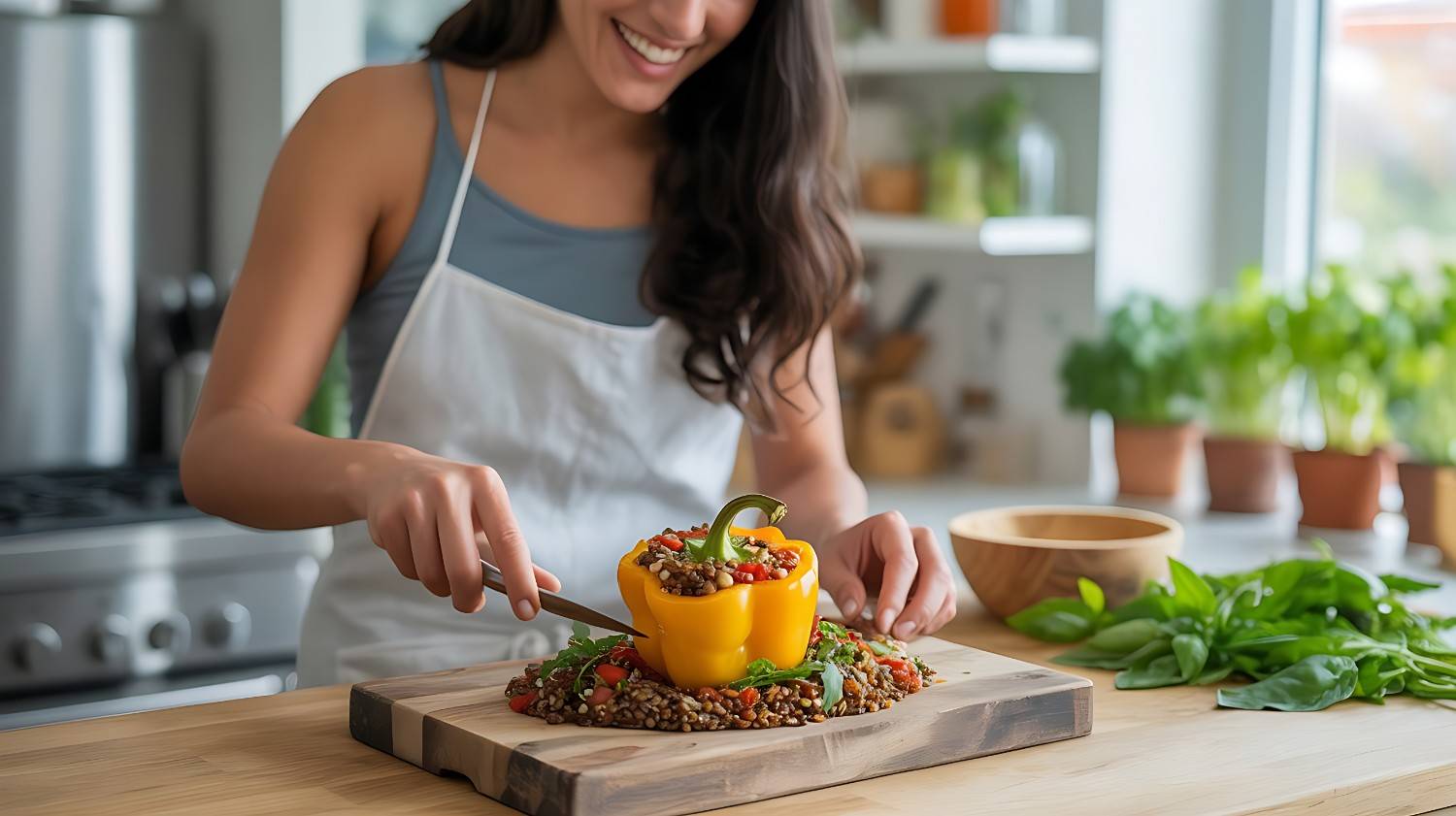
Ingredients:
- 4 bell peppers, halved and seeded
- 1 cup cooked quinoa
- 1 cup cooked lentils
- 1 onion, diced
- 2 cloves garlic, minced
- 1 can diced tomatoes
- 1 teaspoon cumin
- 1 teaspoon paprika
- Salt and pepper to taste
- Fresh parsley for garnish
Instructions:
- Preheat oven to 375°F (190°C).
- In a large skillet, sauté the onion and garlic until translucent.
- Add the cooked quinoa, lentils, diced tomatoes, and spices. Stir to combine and simmer for 10 minutes.
- Stuff the bell pepper halves with the quinoa-lentil mixture and place them in a baking dish.
- Bake for 25-30 minutes until the peppers are tender.
- Garnish with fresh parsley and serve.
2. Chickpea and Spinach Curry:
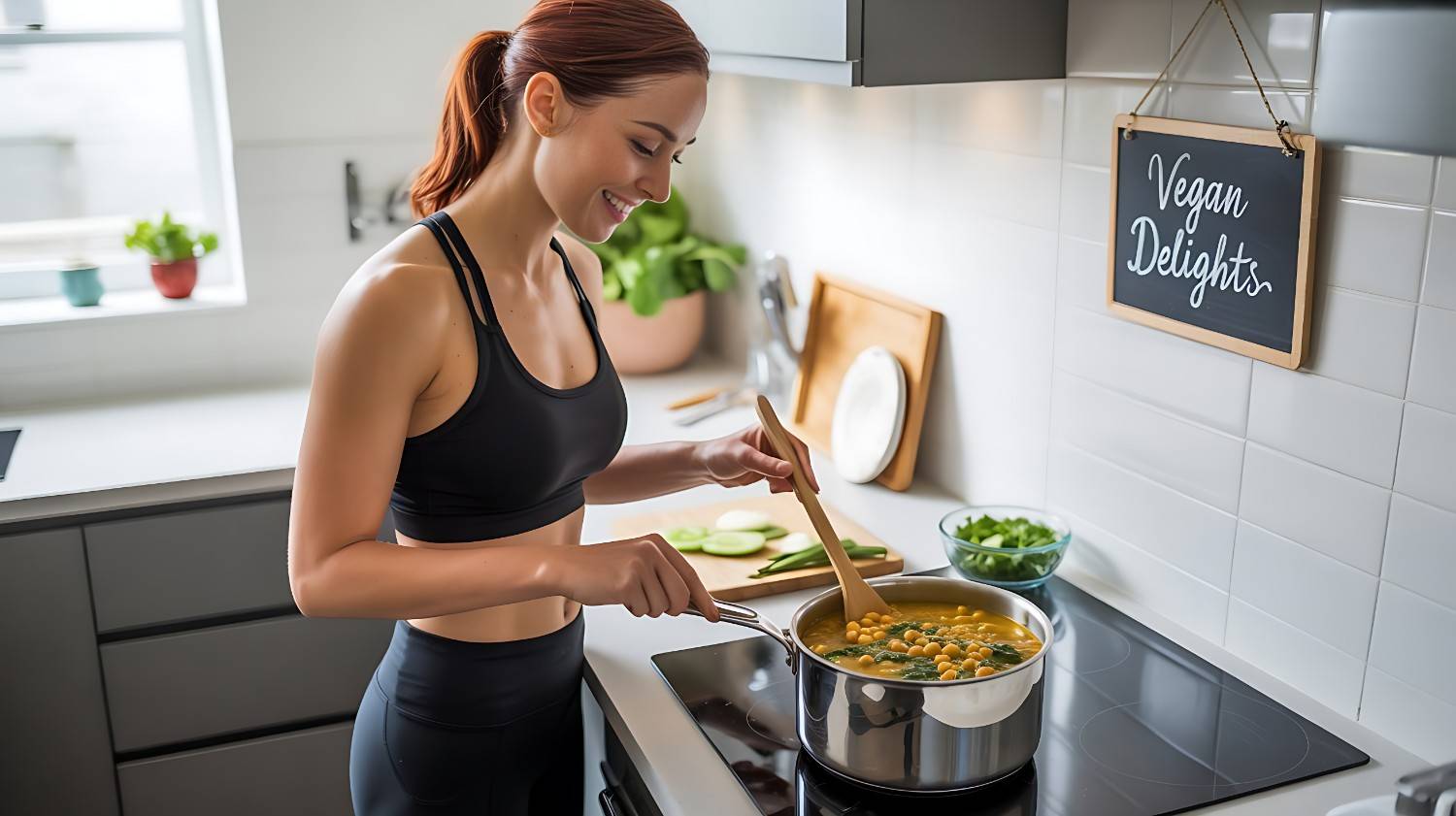
Ingredients:
- 1 can chickpeas, drained and rinsed
- 1 onion, diced
- 2 cloves garlic, minced
- 1 tablespoon ginger, grated
- 1 can coconut milk
- 1 can diced tomatoes
- 2 cups fresh spinach
- 1 tablespoon curry powder
- 1 teaspoon turmeric
- Salt and pepper to taste
- Fresh cilantro for garnish
Instructions:
- In a large pot, sauté the onion, garlic, and ginger until fragrant.
- Add the curry powder and turmeric, stirring to coat the onion mixture.
- Pour in the coconut milk and diced tomatoes, bringing the mixture to a simmer.
- Add the chickpeas and spinach, cooking until the spinach is wilted and the chickpeas are heated through.
- Season with salt and pepper, garnish with fresh cilantro, and serve over rice or with naan bread.
3. Tofu Scramble:

Ingredients:
- 1 block firm tofu, drained and crumbled
- 1 onion, diced
- 1 bell pepper, diced
- 1 cup mushrooms, sliced
- 2 tablespoons nutritional yeast
- 1 teaspoon turmeric
- Salt and pepper to taste
- Fresh chives for garnish
Instructions:
- In a large skillet, sauté the onion, bell pepper, and mushrooms until tender.
- Add the crumbled tofu, nutritional yeast, turmeric, salt, and pepper, stirring to combine.
- Cook for 5-7 minutes until the tofu is heated through and slightly browned.
- Garnish with fresh chives and serve with toast or a side of avocado.
Common Myths About Protein in Vegan Diets
Despite the growing popularity of vegan diets, there are still several myths and misconceptions about plant-based protein that persist. One common myth is that vegans cannot get complete proteins from plant sources. While it is true that most plant proteins are not complete on their own, combining different protein sources, such as beans and rice, can provide all essential amino acids. Additionally, certain plant foods like quinoa, buckwheat, and soy are complete proteins.
Another myth is that vegans need to consume large quantities of protein to meet their needs. In reality, the average person can easily meet their protein requirements on a vegan diet by consuming a variety of protein-rich foods. Plant-based proteins are not only sufficient but also come with added benefits like fiber and antioxidants that contribute to overall health.
There is also a misconception that plant-based proteins are inferior to animal proteins in terms of quality and absorption. However, research has shown that plant proteins can be just as effective in supporting muscle growth and overall health when consumed in adequate amounts. By debunking these myths and embracing the power of plants, individuals can confidently adopt a high-protein vegan diet and enjoy its numerous health benefits.
Supplements for Protein: Do Vegans Need Them?

While it is entirely possible to meet protein needs through whole foods on a vegan diet, some individuals may consider supplements for added convenience or to ensure adequate intake. Plant-based protein powders, such as those made from pea, hemp, or brown rice, can be a useful addition for athletes or those with higher protein requirements. These powders can be easily incorporated into smoothies, oatmeal, or baked goods for a quick protein boost.
It is important to choose high-quality protein supplements that are free from artificial additives and fillers. Look for products that are certified organic, non-GMO, and third-party tested for purity and potency. Additionally, ensure that the protein supplement provides a complete amino acid profile to support muscle repair and growth.
For most people, focusing on a varied and balanced diet with plenty of whole plant foods will provide sufficient protein without the need for supplements. However, for those with specific dietary needs or preferences, protein supplements can be a helpful tool to support overall nutrition and fitness goals.
Tips for Transitioning to a High-Protein Vegan Diet
Transitioning to a high-protein vegan diet can be a smooth and enjoyable process with the right approach. Start by gradually incorporating more plant-based protein sources into your meals. Experiment with different legumes, grains, nuts, and seeds to discover your favorites and find creative ways to include them in your dishes. This gradual transition allows your taste buds and digestive system to adjust to the new foods.
Planning and preparation are key to success. Take time to plan your meals for the week, ensuring that each meal includes a good source of protein. Batch cooking and meal prepping can save time and make it easier to stick to your dietary goals. Having healthy snacks on hand, such as hummus with veggies or protein bars, can help you stay on track and avoid reaching for less nutritious options.
Educate yourself about the nutritional content of various plant foods and how to combine them for optimal protein intake. Joining vegan communities, whether online or in person, can provide valuable support, inspiration, and recipe ideas. Remember that transitioning to a vegan diet is a personal journey, and it’s important to listen to your body and make adjustments as needed to ensure you feel your best.
Conclusion: Embracing a Nutrient-Rich Vegan Lifestyle
Embracing a high-protein vegan diet opens up a world of flavorful and nutritious possibilities. By understanding the importance of protein and how to obtain it from plant-based sources, you can confidently fuel your body with the nutrients it needs to thrive. The variety of legumes, grains, nuts, seeds, and soy products available ensures that you can enjoy a diverse and satisfying diet while meeting your protein requirements.
As you embark on this journey, remember that a well-planned vegan diet can support optimal health, enhance physical and mental performance, and contribute to overall well-being. By debunking common myths and exploring delicious recipes, you can unlock the full potential of plant-based eating and enjoy the many benefits it has to offer.
Whether you are a long-time vegan or just starting to explore a plant-based lifestyle, this ultimate guide provides the tools and knowledge you need to succeed. Embrace the power of plants and discover how a high-protein vegan diet can elevate your meals, nourish your body, and support a healthier future. The vibrant world of vegan protein awaits you—dive in and enjoy the journey!
Start Your Weight Loss Journey now
Ready to start your vegan weight loss journey? 🌱 Explore my customized vegan diet plans designed to match your body, goals, and lifestyle. For more helpful tips and real results, check out my YouTube channel and follow me on Instagram for daily inspiration. Also, don’t miss my detailed blog on High Protein Low Calorie Meals to support your plant-based transformation. Your new, healthier life starts today—let’s make it happen together! 💪
